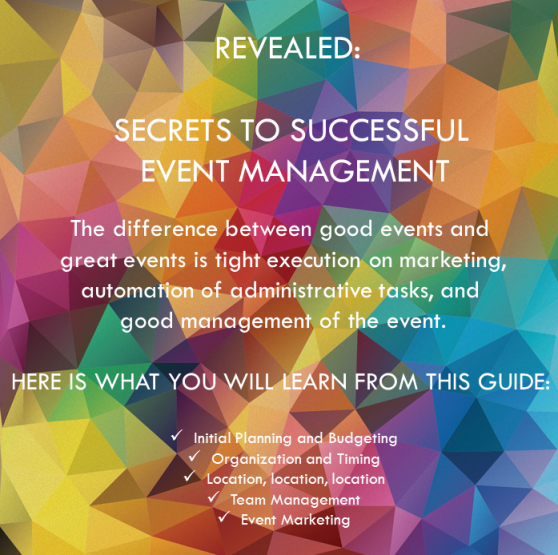
Ensure a smooth conference experience for presenters and attendees by reviewing these critical elements at rehearsals.
1. Eyeball the lighting.
No matter the plan for the lighting design on paper, it’s critical to see how it works for presenters after the room is set up, suggests Lana Spivak, director of operations for Bisnow, a digital media company that hosts more than 250 events a year. “A lot of people don’t realize that what may look good in photographs and on stage can actually be blinding to the speaker, especially depending on their height,” she says. Work with the audiovisual team on tweaks if they are needed.
Further, instruct speakers on the correct stage positioning relative to lighting levels, says Hugh Lee, president of Fusion Productions, a meetings, learnings, and technology company that runs the DigitalNow summit. “If a speaker intends to walk the stage during their presentation, be sure to instruct them about how far upstage, downstage, and right and left they can wander,” he says. “This is especially important if there are portions of the stage where the lighting level begins to diminish, if you are capturing video of their presentation, or there are sight-line limitations.”
2. Test out the sight lines.
The surefire way to know what attendees will see when the program begins is by literally sitting in their seats. “Experiment,” Spivak says. “Make sure to do test seating prior to the event to ensure none of your audience members will have any sight-line obstructions.”3. Proof all files and slides.
Avoid embarrassment caused by a misspelled or inaccurate slide by using the run-through as a last opportunity to double check each file. “Check all video and audio files,” says Bloomberg Global Events team lead Holly Duran. “Play them and run them all the way through. Spell-check all slides, and make sure all are in correct format.” She says that adding this procedure to your pre-event protocol also helps confirm timing and ensures actual presentation lengths match the time allotted.4. Manage microphones.
Prep the stage by placing a backup wireless handheld in a place nearby, such as under a chair, Duran suggests. This serves as a contingency in case a speaker’s microphone backfires while in use. Also make sure the speaker knows what to do should his or her microphone give out. “Establishing a lectern on stage with a wired mic is always a great backup plan,” Lee says. He also advises using the run-through time to consult with the speakers about whether they’ll be using paper notes, folders, or props, and where they prefer those are placed.5. Confirm Internet connectivity.
In order to make sure the event runs smoothly, and also so guests can proliferate messages on social media, it’s essential to confirm the Internet is connected and operating without hiccups. That means double checking the Wi-Fi password, Duran says. She also advises checking—and testing—that all hashtags and logins listed on slides are correct.6. Prepare the speakers.
If using a teleprompter, make sure speakers have familiarity with and are comfortable using it. For the cleanest look on stage, use the run-through as a time to evaluate the speakers’ appearance for professionalism. “Ask the speaker to remove any credentials, pins, or other accessories they may be wearing prior to taking the stage,” Lee says. “These typically reflect light and can be distracting not only to the audience but will also appear as flashes of light on any program record videos.”
Beyond that, Lee suggests having a mirror or restroom available for presenters for makeup touch-ups, tie straightening, and other last-minute visual checks.
7. Consider speakers’ comfort.
At the run-through, make sure the event space is equipped with the essential items speakers will need so they’re comfortable enough to do their jobs on stage undistracted. That means checking to make sure there’s ample water supply and designating a person to take water on and off stage as necessary, Duran says. More specifically, Lee suggests having room-temperature water available for the presenters: “Cold water constricts the vocal cords. Have that available for after they present. Tea and coffee should also be available.”8. Make sure the space is safe.
No event detail trumps the safety and security of participants and attendees. Those matters should be essential parts of any run-through. “Make sure cables and lines are taped down and the path to stage is clear of obstruction,” Duran says.
Source: BizBash




0 comments:
Post a Comment